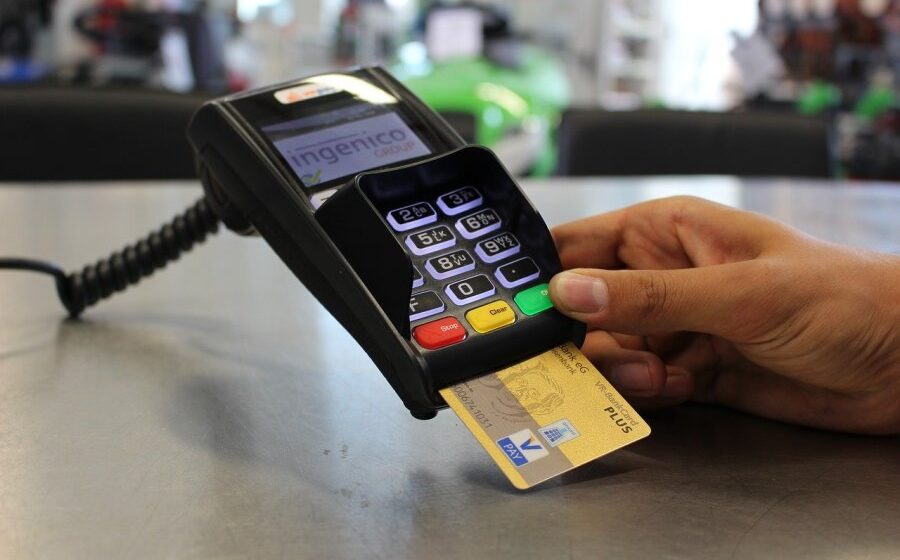The number of Australians using physical cash to pay for goods and services plummeted during the COVID-19 pandemic, but experts believe the country is not quite ready for a completely cashless society.
Alan Shields, Chief Operating Officer at business intelligence firm RFi Group, said they had seen a crash in the rate of cash usage to just 19 per cent of transactions in 2020.
This was associated with a rise in contactless payments, and the emergence of “mobile wallets” on smartphones.
Despite this, Mr Shields does not believe that cash is dead.
“An environment in which we are asked to sanitise our hands in every shop is obviously not conducive to handling cash,” Mr Shields wrote in ANZ’s bluenotes.
“Is this the death knell we have been waiting for? Not really.
“In 2021, RFi expects a small rebound followed by a return to longer term downward trends for cash usage. But by 2025 it is still anticipated cash will account for more than 10 per cent of transactions.”
A side effect of COVID-19 restrictions and falling cash use, explains Mr Shields, is the demise of the neighbourhood bank branch.
“The long-term shift to digital was already evident but 2020 saw a step-change in the move to mobile banking,” said Mr Shields.
“RFi believes mobile banking will become the predominant channel over the next few years as more than 70 per cent of the population engages with their financial institutions via mobile.
“Branch usage saw a necessary decline but RFi believes – as far out as 2024 – one in five consumers will still visit a branch on a monthly basis.”
Should cash be protected?
Recent data from the Reserve Bank of Australia showed that in November 2019 – before the onset of the coronavirus pandemic – the share of in-person payments made in cash accounted for 32 per cent of payments.
The RBA found that while contactless payments were snaring purchases less than $10 from cash, the Aussies who were defined as “heavy cash users” remained so.
“Despite the continued move away from cash and towards cards for in-person payments, the survey showed that some consumers still use cash intensively, and that the share of those doing so had declined only modestly over the previous three years,” the RBA said.
“The most common reasons for preferring cash were for budgeting or financial management purposes, and a preference for cash for smaller transactions.”
Yesterday the Reserve Bank of New Zealand established a stewardship program for cash use, after it became concerned that vulnerable Kiwis who rely on cash as a payment system were being phased out of some services.
“Cash is being used less as a means of payment and access to cash is declining. However, cash provides important benefits to many people, including legal tender money, social and financial inclusion, peer-to-peer payments, backup payments, and privacy and autonomy,” said RBNZ’s Assistant Governor Christian Hawkesby.
“We encourage every banking sector participant to consider their role in supporting the needs of their customers, including those who depend on cash for their everyday needs.”




Leave a Reply